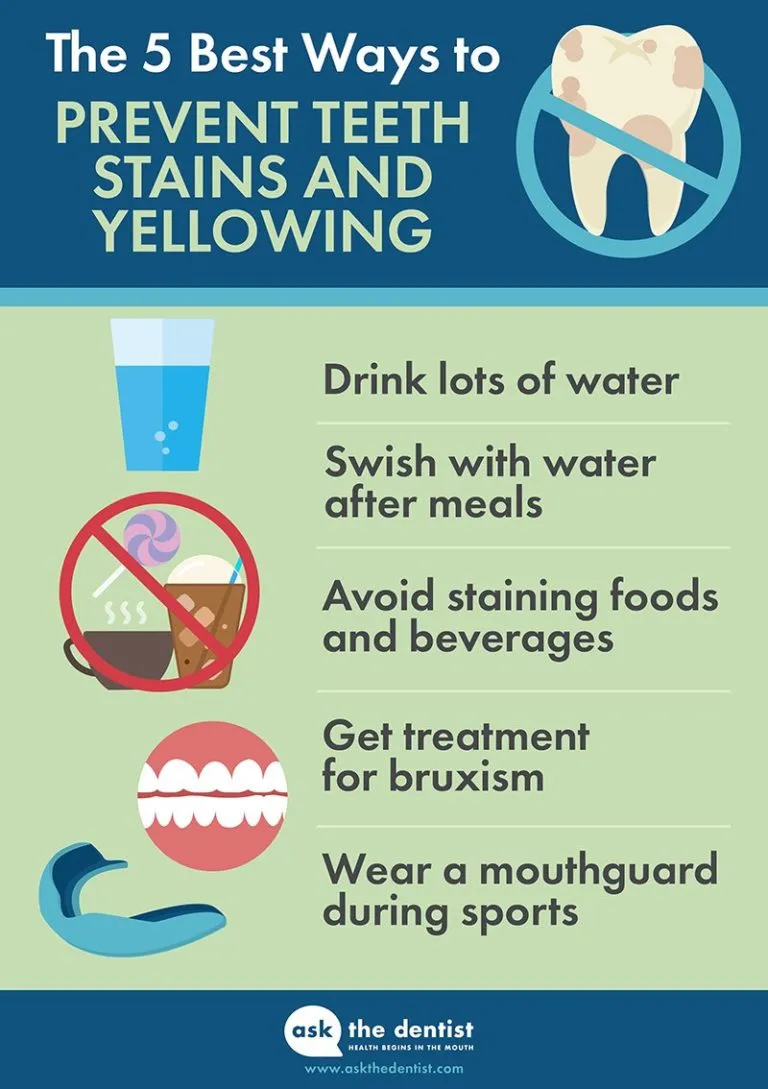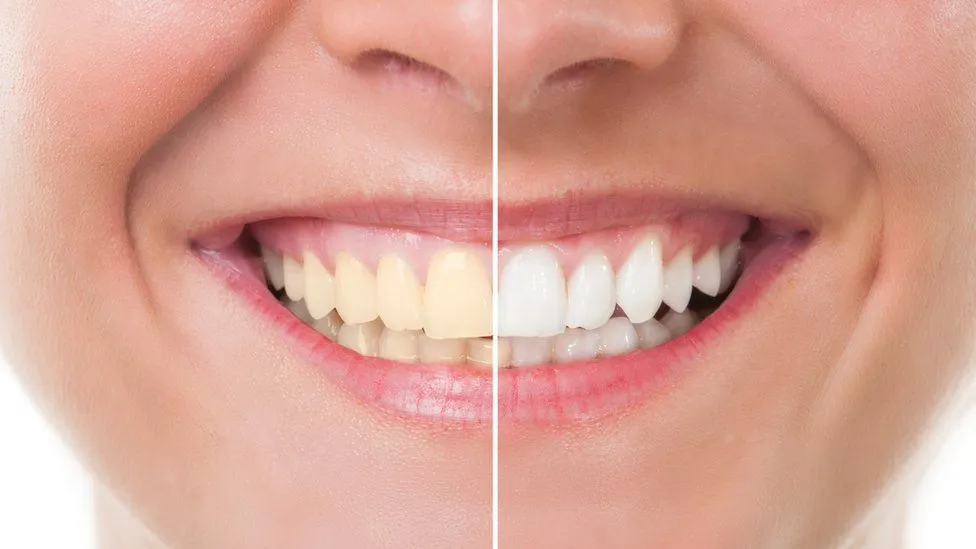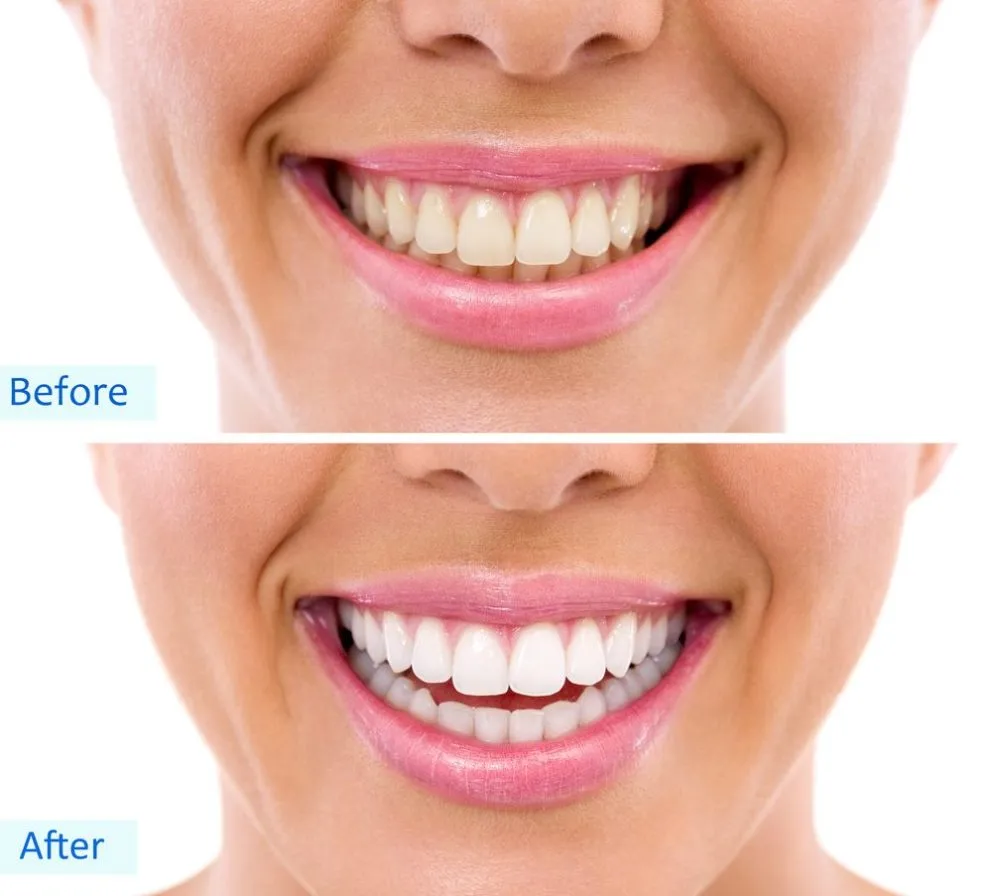What Causes Tooth Pain After Whitening?
Teeth whitening, while a popular cosmetic procedure, can sometimes lead to temporary tooth pain. This discomfort, often described as a sharp, shooting pain or increased sensitivity, is a common side effect. The pain arises from the whitening agents, typically hydrogen peroxide or carbamide peroxide, penetrating the enamel and dentin of the teeth. These agents work by breaking down stain molecules, but they can also irritate the nerves within the teeth, leading to sensitivity. The degree of pain varies from person to person, depending on factors such as the concentration of the whitening agent, the individual’s existing tooth sensitivity, and the presence of any underlying dental issues, such as small cracks or cavities. Understanding the root cause of the pain is crucial for managing it effectively and ensuring a comfortable whitening experience.
Tooth Sensitivity Explained
Tooth sensitivity is a condition characterized by a sharp, temporary pain in response to stimuli such as hot, cold, sweet, or acidic foods and drinks. This sensitivity occurs because the enamel, the protective outer layer of the tooth, wears down, exposing the dentin. Dentin contains microscopic tubules that lead directly to the tooth’s nerve. When these tubules are exposed, external stimuli can easily reach the nerve, triggering pain. In the context of teeth whitening, the whitening agents can exacerbate this sensitivity by further dehydrating the teeth and irritating the nerves. The temporary nature of this pain means that the sensation usually subsides within a few days or weeks as the teeth rehydrate and the nerves settle. However, for some, the discomfort can be significant, making it necessary to take steps to alleviate it and improve comfort.
Factors that Increase Sensitivity

Several factors can make teeth more susceptible to pain after whitening. Individuals with naturally thin enamel or those who have experienced enamel erosion due to aggressive brushing, acidic foods, or teeth grinding are more prone to sensitivity. Pre-existing dental conditions, such as cavities, cracks, or receding gums, can also increase the risk. Using high-concentration whitening products, especially those found in some over-the-counter kits, can also amplify sensitivity, because of the greater concentration of the active ingredients. Finally, the frequency of whitening treatments plays a role; more frequent treatments, especially if done without adequate time for the teeth to recover, can lead to increased sensitivity. Careful consideration of these factors can help individuals choose whitening methods and products that minimize the risk of discomfort.
Professional Teeth Whitening vs. DIY Kits
The approach to teeth whitening significantly influences the likelihood and severity of post-whitening pain. Professional teeth whitening, performed by a dentist, typically involves stronger whitening agents, but the process is carefully monitored to minimize sensitivity. Dentists can also apply protective measures, such as fluoride treatments, to strengthen enamel and reduce discomfort. DIY kits, which are available over the counter, vary widely in the concentration of whitening agents and the effectiveness of the methods used. While these kits may be more affordable, they often lack the professional oversight and customized solutions that dentists provide. Consequently, individuals using DIY kits may experience a higher risk of sensitivity, particularly if they use products with high concentrations of whitening agents or if they have underlying dental issues that the kit does not account for. The choice between professional and DIY whitening depends on the individual’s specific needs, the condition of their teeth, and their comfort level.
Immediate Relief Quick Fixes for Pain
When tooth pain strikes after whitening, several immediate relief options can provide comfort. Over-the-counter pain relievers such as ibuprofen or acetaminophen can effectively reduce pain and inflammation. Rinsing the mouth with cool water can also help to soothe sensitive teeth, especially after consuming hot or cold foods and beverages. Avoiding extremely hot or cold items is essential during this time. For those experiencing significant sensitivity, temporarily using a straw to drink can also minimize the impact of liquids on the teeth. If the pain persists, contacting your dentist is recommended; they can provide specific advice tailored to your individual needs. Taking these immediate steps can significantly improve comfort and minimize the disruption caused by post-whitening pain.
Over-the-Counter Products for Pain Relief

Several over-the-counter products can help to manage post-whitening tooth pain. Sensitivity toothpastes, which contain ingredients like potassium nitrate, work by blocking the tubules in dentin, thus reducing nerve stimulation. These toothpastes should be used regularly, starting a couple of weeks before whitening and continuing afterward, for the best effect. Fluoride mouthwashes can also strengthen enamel, making teeth less sensitive. Additionally, there are desensitizing gels available that can be applied directly to the teeth for more immediate relief. It is crucial to follow the product’s instructions carefully. If the pain is severe or persistent, it is essential to consult with a dentist. They can recommend the most appropriate over-the-counter solutions or suggest alternative treatments.
Desensitizing Toothpaste and Gels
Desensitizing toothpastes and gels are specifically designed to provide relief from tooth sensitivity. These products typically contain active ingredients that work in different ways to reduce pain. Potassium nitrate is a common ingredient that penetrates the tooth and blocks the nerve signals, reducing sensitivity. Stannous fluoride, another active ingredient, can help to strengthen enamel, protecting against sensitivity. Using these toothpastes regularly, as directed on the packaging, can gradually reduce sensitivity over time. Gels provide a more concentrated dose of the desensitizing agents and can be applied directly to the teeth for faster relief. It is often recommended to use these products for at least a week or two before whitening and to continue using them afterward to manage post-whitening pain effectively. The key to maximizing their benefits is consistent use and following the instructions carefully.
Pain Management Tips The Best Practices
Effective pain management after teeth whitening involves a combination of strategies. First, it’s important to choose a whitening method that suits your sensitivity level and dental health. Consider professional whitening, which offers more control and often incorporates desensitizing treatments. When using any whitening product, follow the instructions carefully, and avoid overuse. Using a soft-bristled toothbrush and brushing gently can also help to prevent enamel erosion and reduce sensitivity. Rinsing with a fluoride mouthwash can also strengthen the enamel and protect your teeth. If you experience pain, consider using over-the-counter pain relievers or desensitizing products. Consult with your dentist if the pain is severe or persistent; they can provide personalized advice and treatment options. Combining these best practices will help to minimize pain and maximize the positive effects of teeth whitening.
Dietary Adjustments Foods to Avoid

Dietary adjustments play a crucial role in managing tooth pain after whitening. During the period of sensitivity, it is essential to avoid foods and drinks that can exacerbate the discomfort. Highly acidic foods and beverages, such as citrus fruits, tomatoes, pickles, soda, and fruit juices, can irritate sensitive teeth. Sugary foods should also be minimized, as they can promote tooth decay and worsen sensitivity. Instead, focus on consuming a balanced diet rich in calcium and other nutrients that promote dental health. Include foods like dairy products, leafy green vegetables, and lean proteins. When consuming food, it is also advisable to eat slowly and avoid sudden changes in temperature. Making these dietary adjustments will help to minimize pain and promote the healing of sensitive teeth.
Temperature Sensitivity Managing Hot and Cold
Temperature sensitivity is a common symptom after teeth whitening, and managing it is a key part of minimizing discomfort. Avoiding extreme temperatures in food and beverages is the first step. Choose lukewarm or room-temperature options for drinks and meals, and be cautious when consuming hot soups or icy treats. Using a straw for cold drinks can help to minimize contact with the teeth. Brushing with lukewarm water and avoiding cold water on your teeth can also help. If the sensitivity is significant, consider using desensitizing toothpaste for several weeks before whitening and continue to use it afterward. These steps will help your teeth to recover and to cope with temperature variations. Remember to be patient, as temperature sensitivity usually subsides within a few days or weeks as the teeth rehydrate and the nerves settle.
Long-Term Strategies to Prevent Pain
Preventing post-whitening pain involves implementing long-term strategies for maintaining healthy teeth. Regular dental checkups and professional cleanings are fundamental; they allow your dentist to identify and address potential issues before they worsen. Proper oral hygiene, including brushing twice a day with a soft-bristled toothbrush, flossing daily, and using a fluoride mouthwash, helps to prevent enamel erosion and cavities. Avoiding excessive consumption of acidic and sugary foods minimizes enamel wear and reduces the risk of sensitivity. If you grind your teeth, consider using a nightguard to protect your teeth from damage. Regularly using desensitizing toothpaste can also help to strengthen your teeth and reduce sensitivity over time. By consistently adhering to these long-term strategies, you can minimize the risk of pain and maintain a healthy, bright smile.
Professional Treatments for Sensitivity

If you experience persistent or severe sensitivity after teeth whitening, your dentist can provide professional treatments designed to alleviate the pain. Fluoride treatments, applied in the dental office, can help to strengthen the enamel and reduce sensitivity. Your dentist may apply a protective varnish or gel to the teeth. Another option is to use desensitizing agents, such as potassium nitrate or arginine, directly on the sensitive areas. In some cases, dental fillings may be necessary to address small cracks or exposed dentin that contribute to the sensitivity. Your dentist will assess your specific needs and recommend the most appropriate treatment. Seeking professional help is essential if your pain is severe or if it does not improve with over-the-counter remedies. With proper dental care, you can effectively manage tooth sensitivity and enjoy the benefits of teeth whitening.
Dental Hygiene Maintaining Healthy Teeth
Maintaining good dental hygiene is vital for overall oral health and for minimizing post-whitening pain. Proper brushing technique is essential; use a soft-bristled toothbrush and brush gently in a circular motion, ensuring you reach all surfaces of your teeth. Brush twice a day for two minutes each time. Flossing daily removes plaque and food particles from between your teeth, where your toothbrush can’t reach. Using a fluoride mouthwash can further protect your teeth by strengthening the enamel. Regular dental checkups and cleanings are crucial; they allow your dentist to identify and address any dental issues early. Practicing these good habits will help to keep your teeth healthy, reduce sensitivity, and help you to get the most out of your teeth whitening procedure.
The Importance of Regular Checkups
Regular dental checkups are a cornerstone of maintaining healthy teeth and preventing complications like post-whitening pain. During a checkup, your dentist will examine your teeth and gums for any signs of decay, cavities, or other issues. They may also take X-rays to detect problems that are not visible to the naked eye. Professional cleanings remove plaque and tartar, which can cause gum disease and tooth sensitivity. Dentists can also identify and address any pre-existing conditions, such as small cracks or cavities, before you undergo teeth whitening. They can then recommend treatments like fluoride applications or desensitizing toothpaste to minimize the risk of sensitivity. Regular checkups not only help to prevent pain after whitening but also promote overall oral health. Schedule your checkups at least twice a year to ensure that your teeth remain healthy and that you can enjoy the benefits of a bright, white smile.
